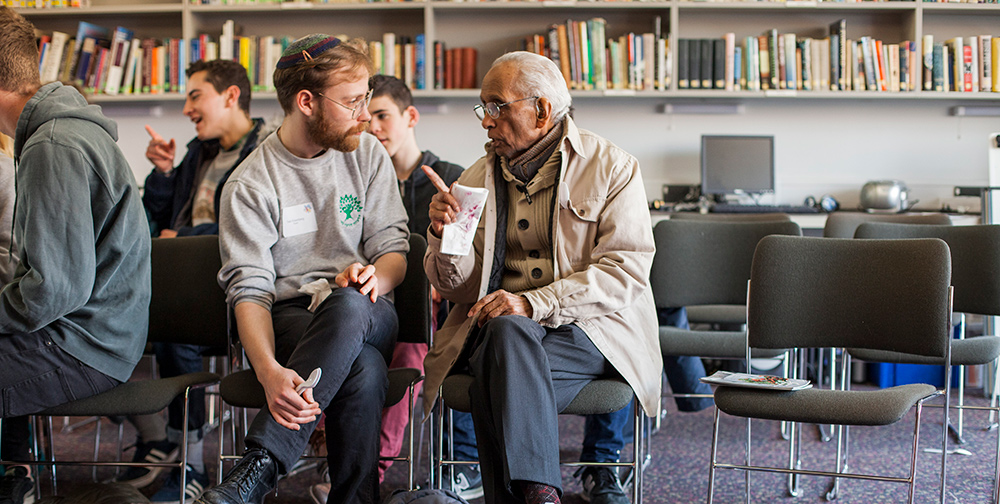Reflections: Vayakhel-Pekudei

Pikudei, this year read in conjunction with Vayakhel as a double Sidrah is the last of five parshyot on the construction of the Mishkan, or Tabernacle. It begins with the accounts (Pikudei) of the value of precious materials used in the construction and goes on to describe the design of robes for Aaron and his priestly descendants, and to recount the execution of the entire project.
A notable feature of this parsha is the frequent repetition – 14 times in all – of the words “as God commanded Moses”.
Why should this phrase be repeated so often? It presents a contrast with the building of the golden calf by Aaron, which was definitely not “as God commanded”. In Ki Tissa, we heard God appointing Bezalel and Oholiav as the exceptionally gifted craftsmen to make “all that I have commanded you”. Yet even as Moses was receiving these commands, the Israelites were defying God by building an idol. In Pikudei we are left in no doubt that the tabernacle is being built exactly as God has commanded Moses.
The accounts referred to in the title of the parsha set out the cost of each part of the construction, and are followed by details of the robes for Aaron and his priestly descendants: the fabrics, colours, design and jewelled embellishment. “And they made on the skirts of the robe pomegranates of blue and purple and scarlet and twined linen. And they made bells of pure gold and put the bells between the pomegranates’¦’¦a bell and a pomegranate, a bell and a pomegranate”.
Why such minute detail of the construction and furnishings of the Mishkan? Perhaps we are being given an account or blueprint in case we should need to re-create them.
Rabbi Elana Zaiman sees the construction of the Mishkan as not just a building project, but also a birthing process. She roots this reading in the word “pakad”, to take account, which gives its name to the parsha.
The same word is used of both Sarah and Hannah. God “took account of” each of these barren women, and on each occasion, at God’s command, they at last bore the child they longed for.
In Pekudei too, the labour of building “as God commanded” can be seen to result in the “birth” of the Mishkan. Indeed the work involved in building the Mishkan defines our understanding of “Melacha”, tasks prohibited on Shabbat:: creative and productive work (akin to creating a new life). And it provides continuity into the future. Not only do we have a permanent and precise account of the construction, but also a name for God based on the same root as the word Mishkan: the Shekhinah.
The rabbis said in Megilla 29a “Every place to which [Israel] was exiled, the Shekhinah went with them”. Rabbi Zaiman teaches that the physical Mishkan and its successor, the Temple, were not destined to last for ever. But since we acted on God’s command in constructing the Mishkan, the divine presence is with us, the Jewish people, always and everywhere.
Elaine Grazin is a member of Leeds Masorti Synagogue




